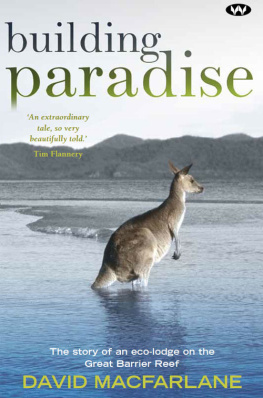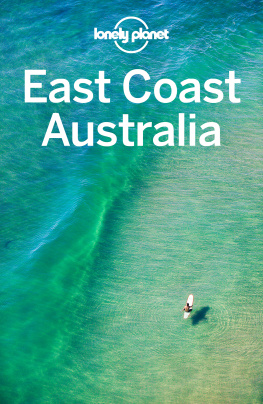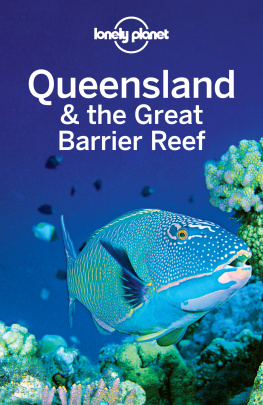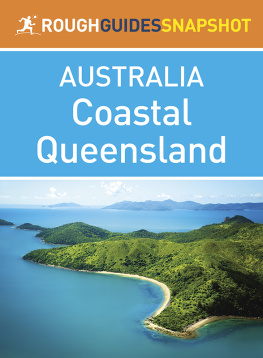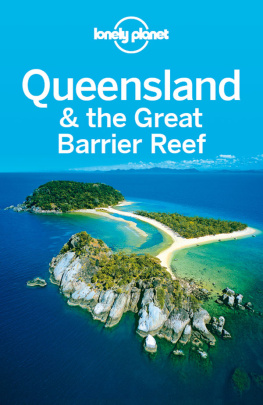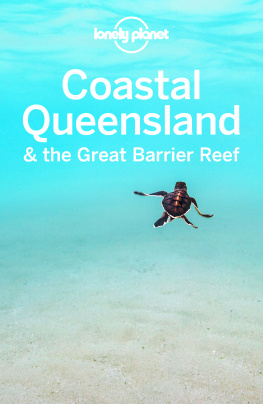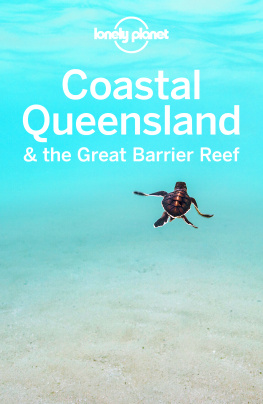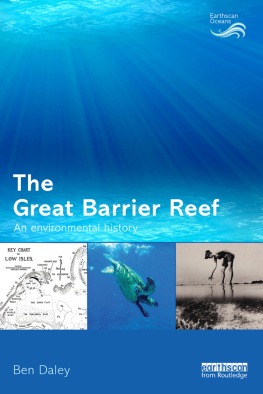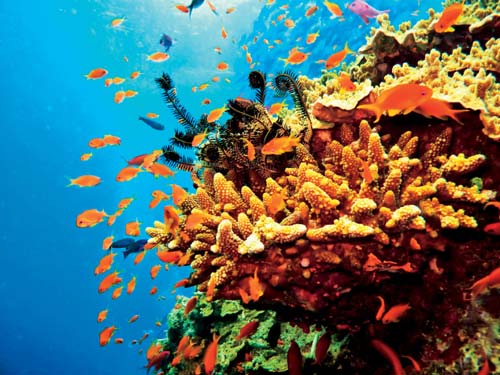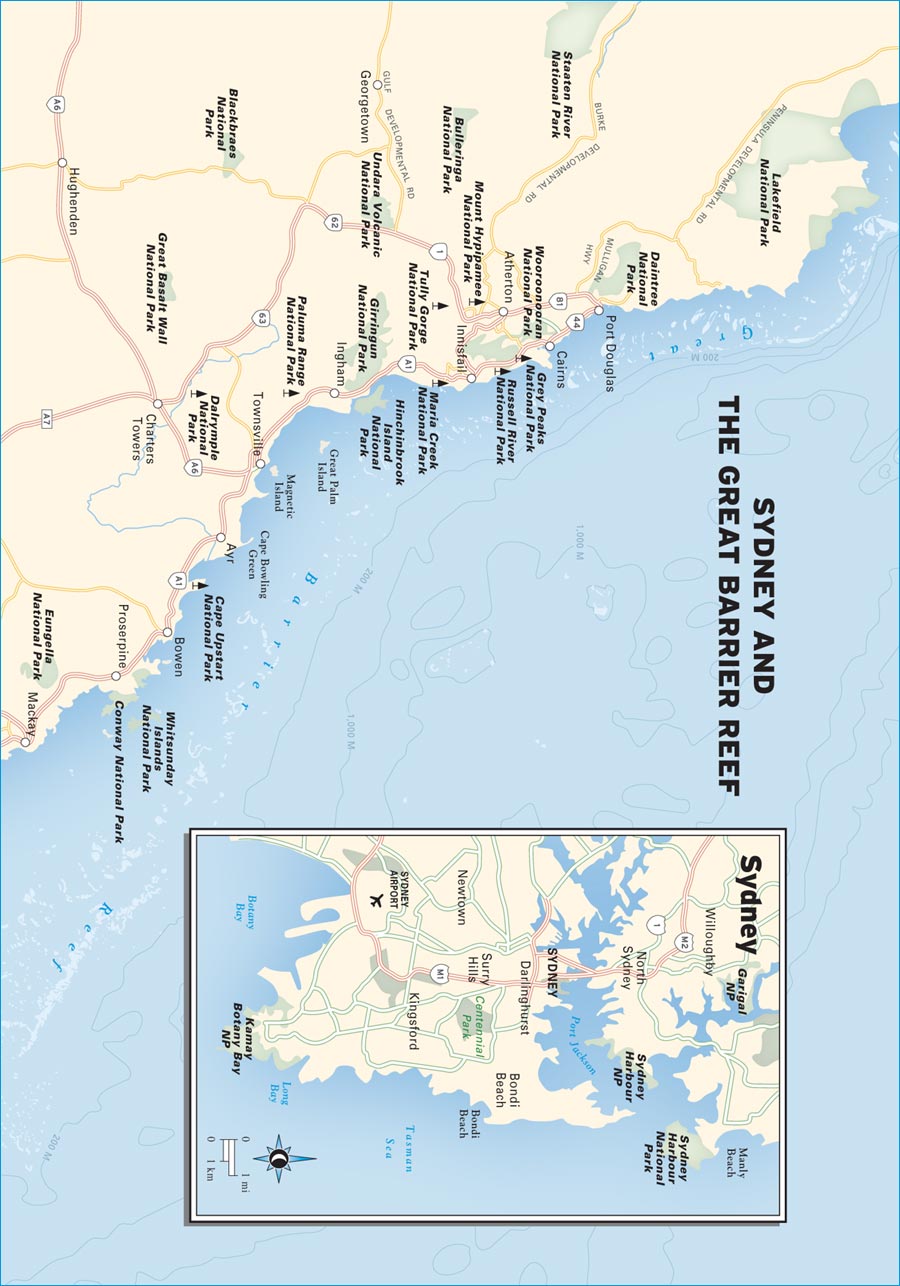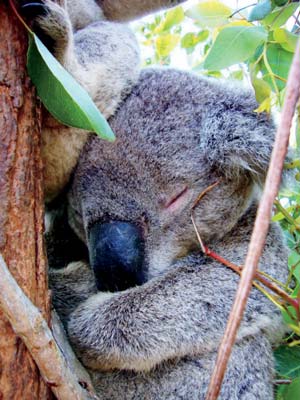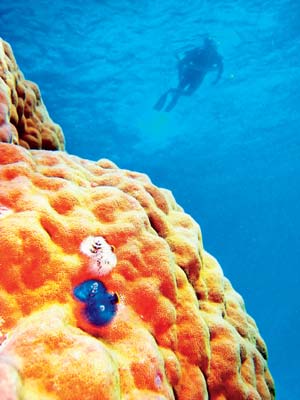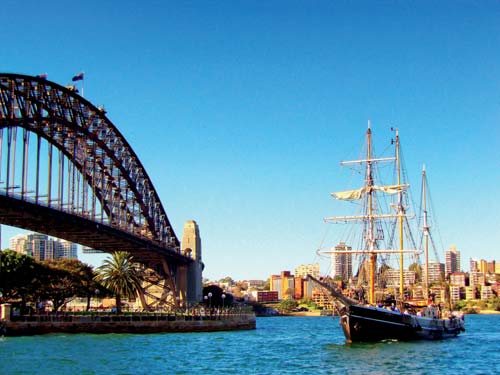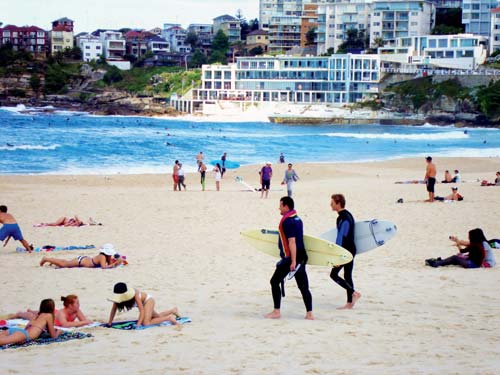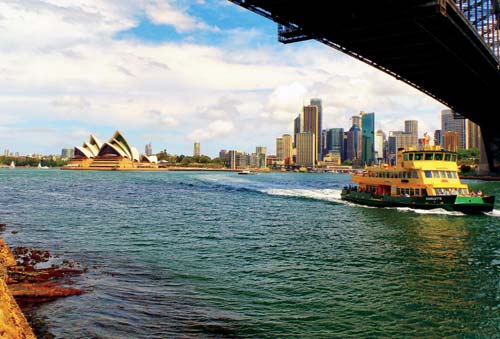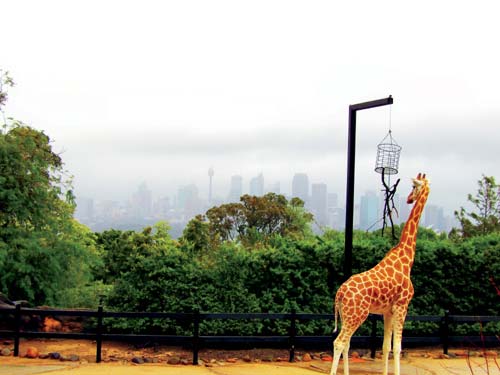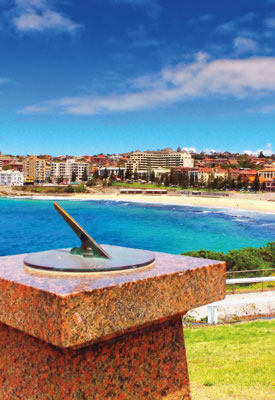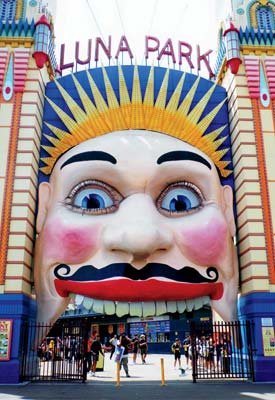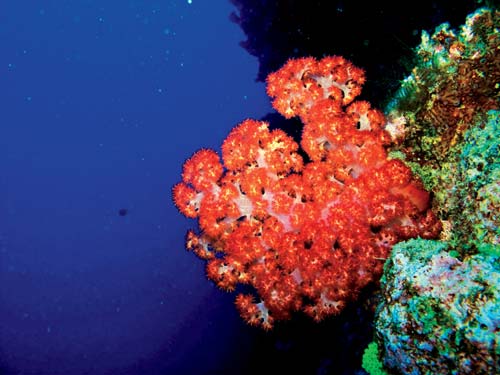SYDNEY & THE GREAT BARRIER REEF
ULRIKE LEMMIN-WOOLFREY
Sydney and the Great Barrier Reef: two of Australias main attractions, and as different from each other as they come. Sydney, the capital of New South Wales, is Australias largest citycosmopolitan and modern yet full of history. For most visitors to Sydney, it is love at first sight. It doesnt take more than arriving for the first time at Circular Quay, seeing the Sydney Opera House on one side, the Sydney Harbour Bridge on the other, and in between the two the bustling harbor, all usually topped by glorious blue skies. It truly takes your breath away.
This bustling metropolis charts the beginnings of modern Australia; it all began here in the late 1770s, when the British settled the land down under. And just when you think Sydney has it all, it has more: stunning beaches, generous parks, and proximity to gorgeous countryside that ranges from mountains and valleys to farmed lands that undulate gently between world-famous wineries. What more could you want from a visit to Australia?
Ah, yes. The Great Barrier Reef, of course. The worlds largest coral reef system, stretching over 2,600 kilometers and featuring some 900 islands, is a must-do for anybody who is even vaguely interested in what lies beneath the waves. In addition to the colorful marine life, there are countless pristine beaches on the islands and along Queenslands endless coast.
But Queensland has not only the reef to boast about, but also the Daintree Rainforest, the worlds oldest rainforest, which remains pretty much unchanged over the last few million years. Its stunning, eerie, and awe-inspiringa bit like the reef, really.
So, youve got two extremely different destinations: a bustling city and a state full of breathtaking natural beauty. In Sydney and Queensland, you have choices that satisfy every need, from high-end shopping to soaking up history, from scuba diving among coral gardens to relaxing on deserted beaches, from hiking through truly wild nature to meeting some of the local animals that are just as enchanting as the rest of the country. And then some. Come see for yourself.
Sydney
Sydney is Australias picture-postcard-perfect signature city. Visits to the iconic Sydney Opera House and the Sydney Harbour Bridge are a must, as is a ferry ride along the stunning natural harbor with its accessible islands. Combining history with modern flair, natural beauty with great restaurants and shops, the city also offers Bondi Beach, one of Australias most loved beaches, just on its doorstep, making it an all-rounder.
The Southern Reef
Still a relative secret among travelers, the southern reef has a unique mix of beaches, islands, and national parks, with stunning countryside and sheer seclusion. If you like road-tripping, this section of Australia is for you, with easily managed day trips and sidetracks that offer hiking, wildlife-watching, lazing on beaches, and snorkeling on the Great Barrier Reef, and youll hardly meet another soul.
Cairns and the Northern Reef
The diamond on the diadem of the Queensland coast, the tropical north is the place where two natural wonders come together: the ancient Daintree Rainforest and the breathtaking Great Barrier Reef. If you like nature to blow your mind, this is the place for you. Go diving among corals, gaze at lush forest, spot crocodiles, watch an incredible array of colorful birds, marvel at huge lava tubes, and explore picturesque tablelands. And with it all being contained in a relativelyfor Australiasmall area, you can fit a lot into a brief stay, using Cairns or Port Douglas as a base.
fire coral on the Great Barrier Reef
When to Go
Sydney and the Great Barrier Reef are separated by the Tropic of Capricorn, with Sydney being temperate and the Queensland coast mostly tropical. So there are some differences in climate that could affect your travel.
Sydney has some of the best weather in Australia, with on average seven hours of sunshine a day, winter (July-Sept.) temperatures below 20 degrees Celsius, and summer (Nov.-Feb.) temperatures hovering around the high 20s to 30 degrees Celsius. It rains regularly; around a third of each month sees some precipitation. Spring and fall are the best months, when its not too hot to walk along the citys pavements and not that cold that you cant sit outside and enjoy the views.
In the tropical north, temperatures do not change a great deal over the year, but the amount of rainfall does. Summer temperatures range between 24 and 33 degrees Celsius, while in winter theyre between 14 and 26 degrees Celsius; the summer is the wet season, the so-called green season stretching from the onset of the monsoon, usually in November, and ending in May. The rain makes it hot and humid, at times quite uncomfortable. So, again spring and fall are the best options, avoiding the worst of the rain as well as the worst of the heat.



